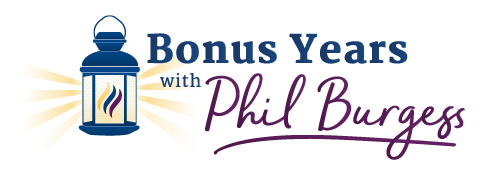
Tax limits bring economic growth
by Phil Burgess, Unabridged from the Rocky Mountain News, April 16, 1995
Yesterday was tax day for millions of Americans — as they filed their federal income tax returns. According to IRS estimates, individuals spend about 1.7 billion hours on tax-related paperwork; businesses spend another 3.4 billion hours. The Tax Foundation estimates the cost of compliance with federal tax laws will approach $200 billion this year.
Yesterday was also tax day in Congress. The leadership of the House of Representatives scheduled a vote on The Tax Limitation Amendment as Sen. Hank Brown, R-Colo., opened hearings on the amendment introduced by Sen. Jon Kyl, R-Ariz., and 20 other senators. Purpose: To require a two-thirds vote in each house of Congress for the approval of tax increases.
The two-thirds supermajority was recommended by the National Commission on Economic Growth and Tax Reform to counteract the “roller-coaster ride of tax policy.” Example: In the 10 years since the last attempt at comprehensive tax reform, Congress and the president have made some 4,000 amendments to the tax code. Grover Norquist of the Americans for Tax Reform noted that the temptation for politicians to jigger the tax code in exchange for campaign contributions may also make the Tax Limitation Amendment Washington’s most effective proposal for campaign finance reform.
Norquist goes to the heart of the matter: It is too easy for politicians to raise taxes — and in politics, people do what is easy (raise taxes) and avoid what is hard (cutting spending). According to the Tax Foundation, the average American family of four was paying about 3% of its income to the federal government in 1948. Now, federal taxes amount to about 27% of the family’s budget and state and local taxes consume another 12% — for a total of 39%. In fact, the average family now spends more on taxes than it does on food, clothing, and shelter (about 28%).
When people like Labor Secretary Robert Reich complain about stagnant incomes, they forget that the disposable income of the American people has been dramatically reduced by the constantly increasing bite of the tax collector.
That’s why the Kyl Amendment is designed, in Kyl’s words, to “force members of Congress to think of tax increases, not as a first resort, but as a last resort.” There is also a structural problem that favors increasing taxes and spending. Example: President Clinton’s 1993 tax increase, the largest in history, failed to win even a majority of the votes of elected senators and yet it would take a two-thirds majority to override Clinton’s veto of the Balanced Budget Act with its tax relief provisions.
The punchline, according to Kyl: “It ought to be at least as hard to raise people’s taxes as it is to cut them.” Norquist, looking at the problem from a grass-roots perspective, said “We need to reach the point where elected officials think about the family budget, not the federal budget. Then, taxes will be seen as an outlay, not as income.”
Ten states, including Colorado, now have constitutional tax limits. Tax limits, once passed, have never been repealed. Taxes in tax-limited states have gone up lower and slower than in the non-tax limited states. And, because lower tax rates stimulate the economy, which results in more taxable income and more taxable transactions, lower rates result in greater revenue to the government — as shown by the Reagan tax cuts of the 1980s, which coincided with the growth of federal revenues from $599 billion to more than $990 billion, up about 65% from 1981-89.
That’s why the tax amendment is a giant step toward a new, growth-oriented tax policy — one that fosters opportunity for all while constraining the propensity of elected leaders to increase taxes and spending and expand government.
Get the Bonus Years column right to your inbox
We take your inbox seriously. No ads. No appeals. No spam. We provide — and seek from you — original and curated items that make life in the Bonus Years easier to understand and easier to navigate.
Other posts from the Annapolis Institute:
More from Phil:
